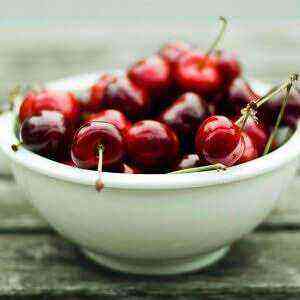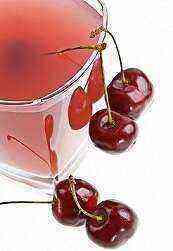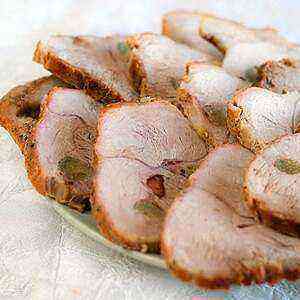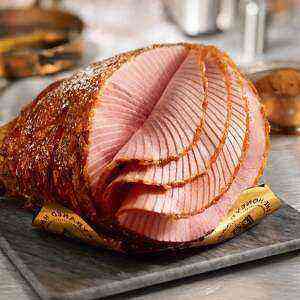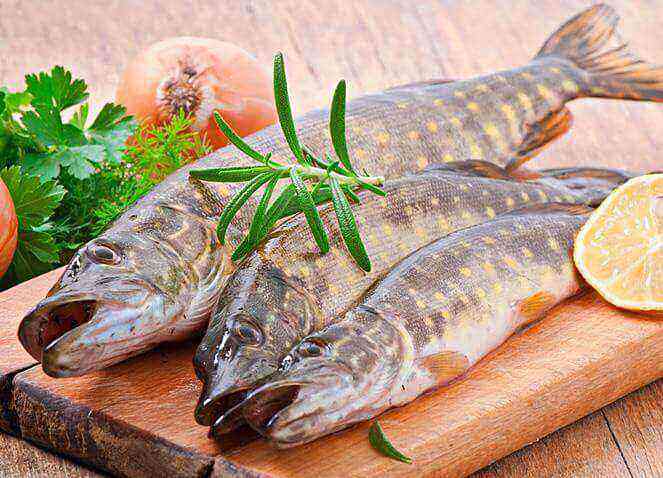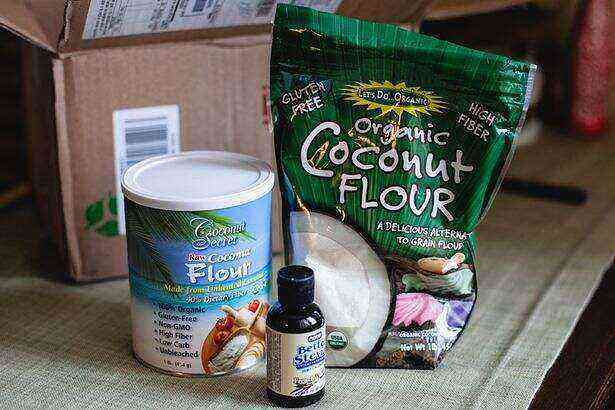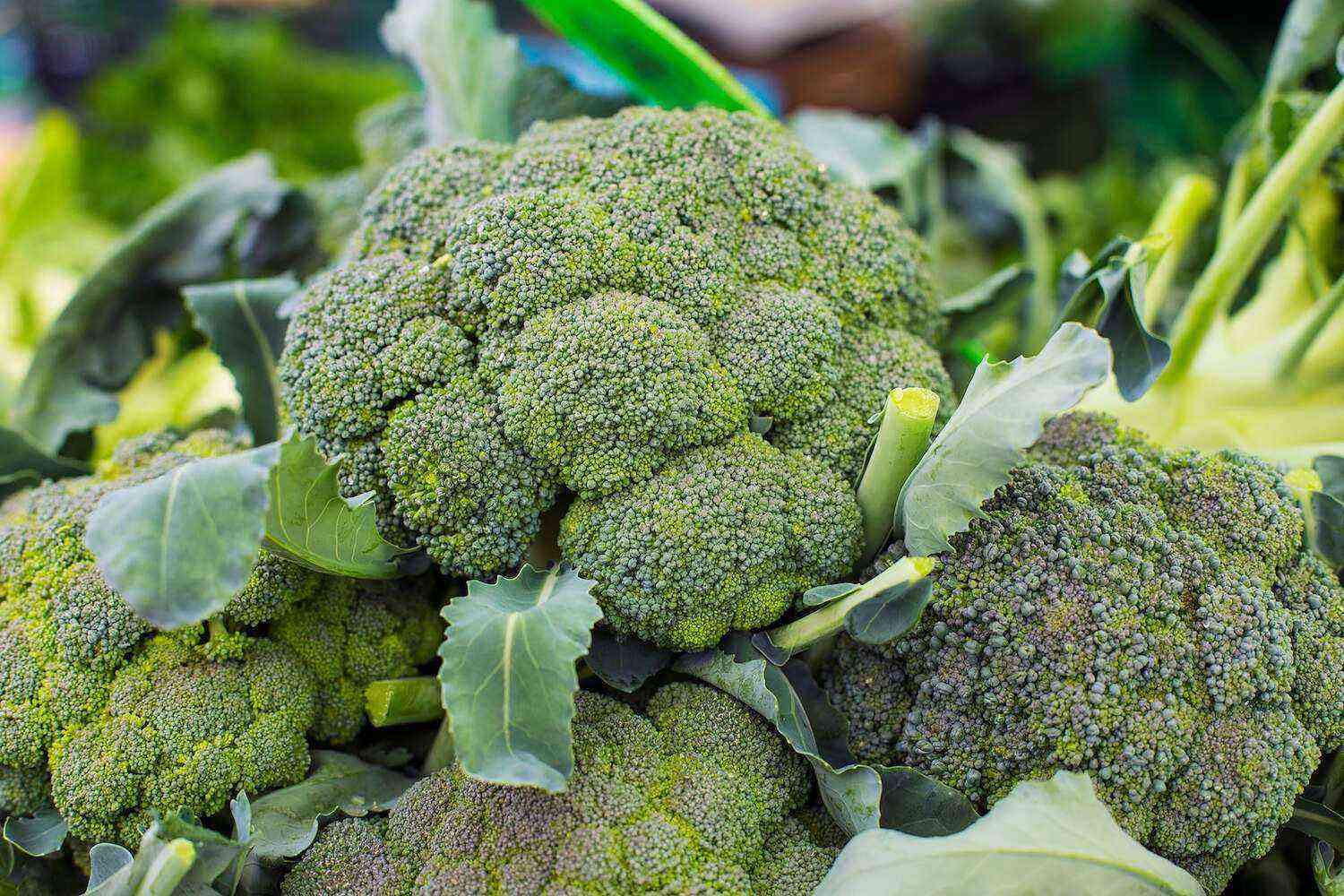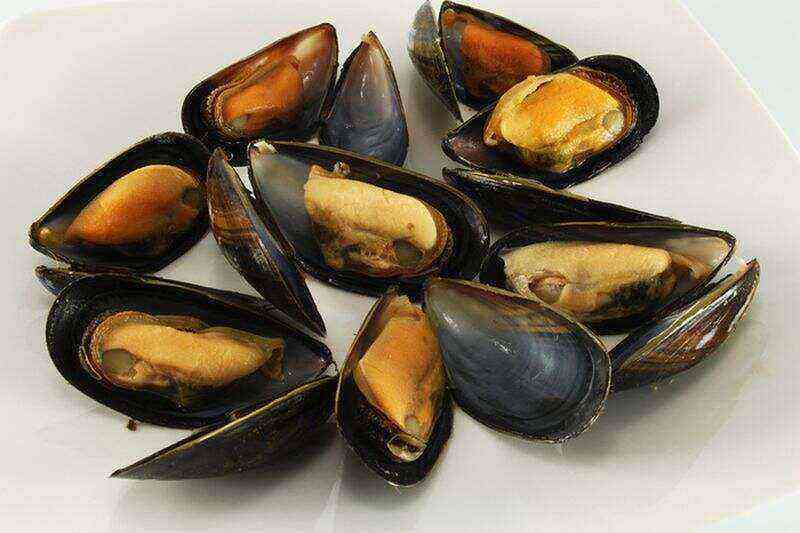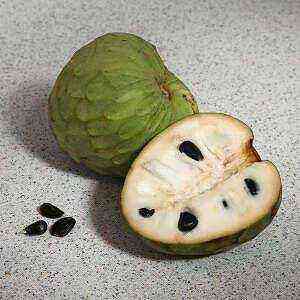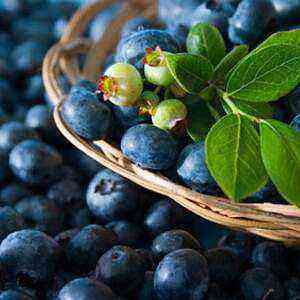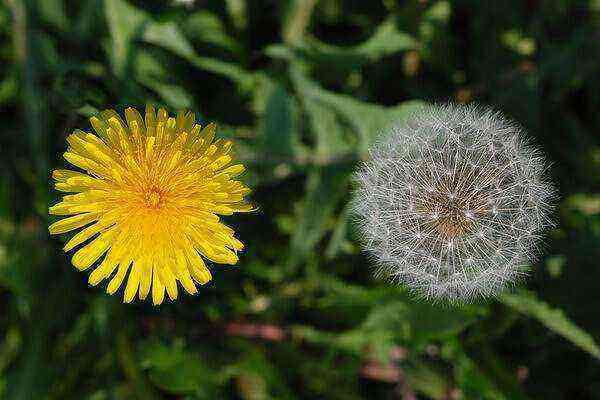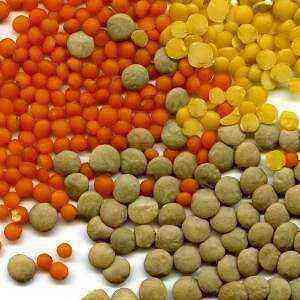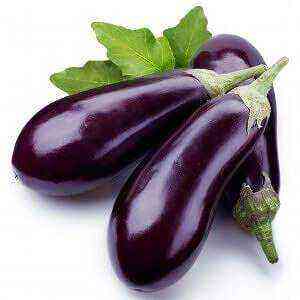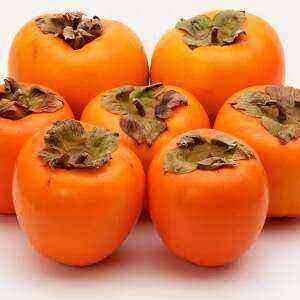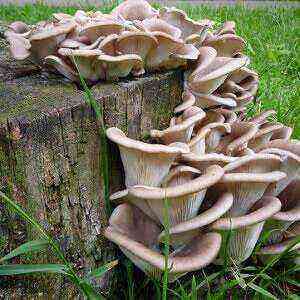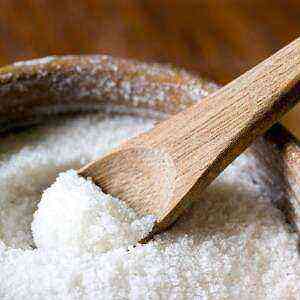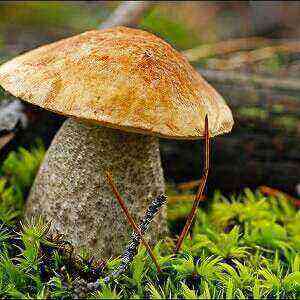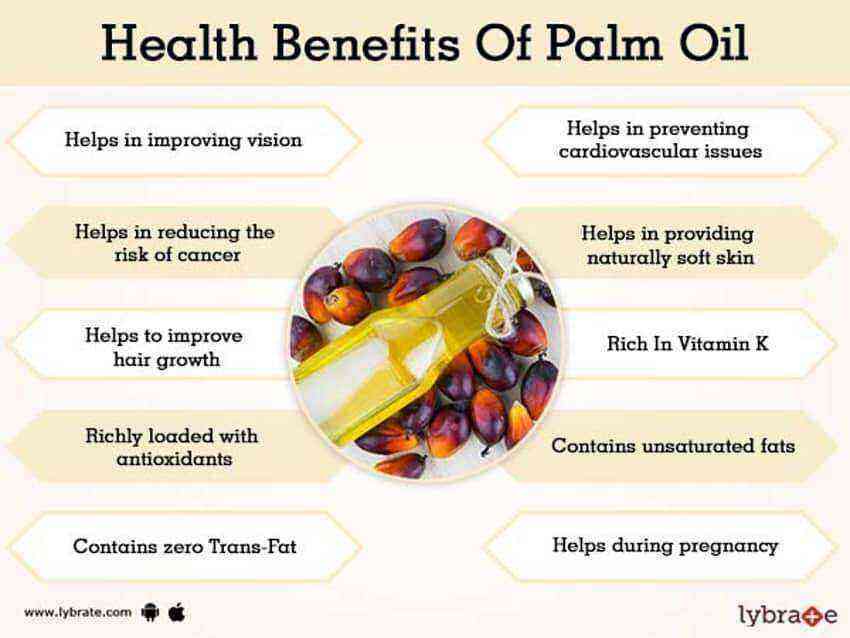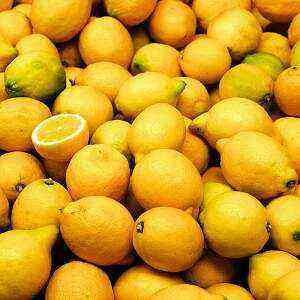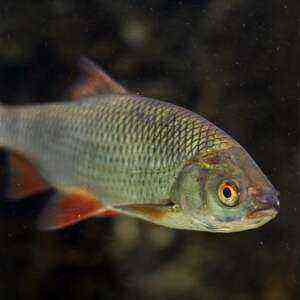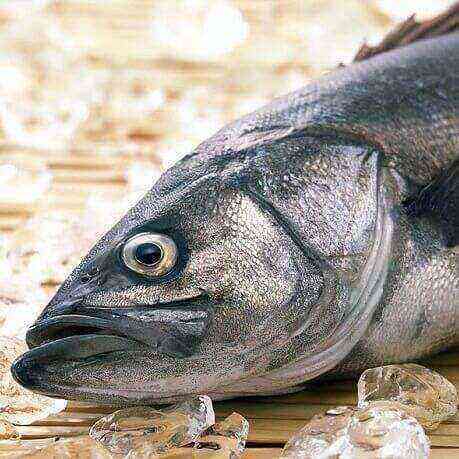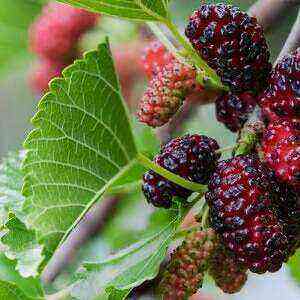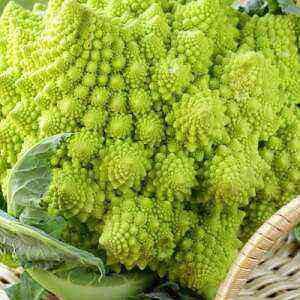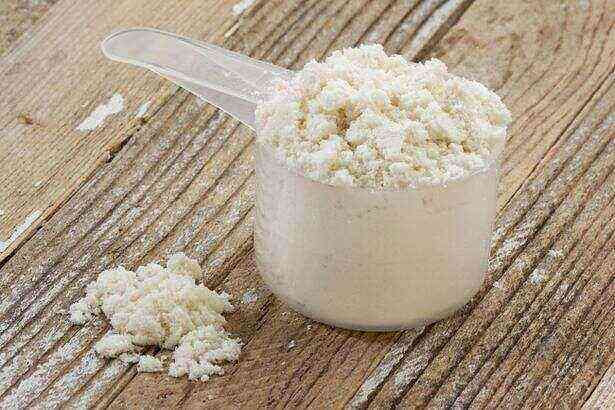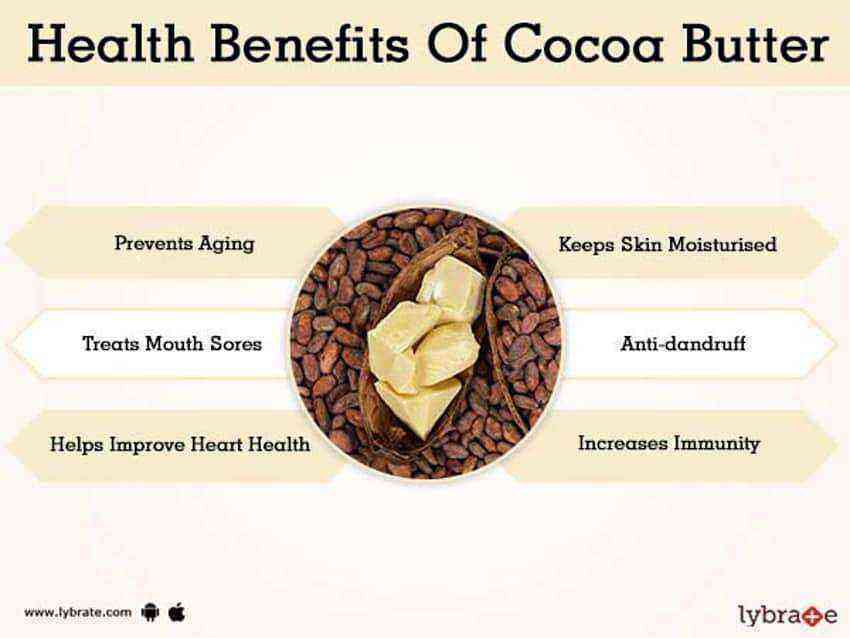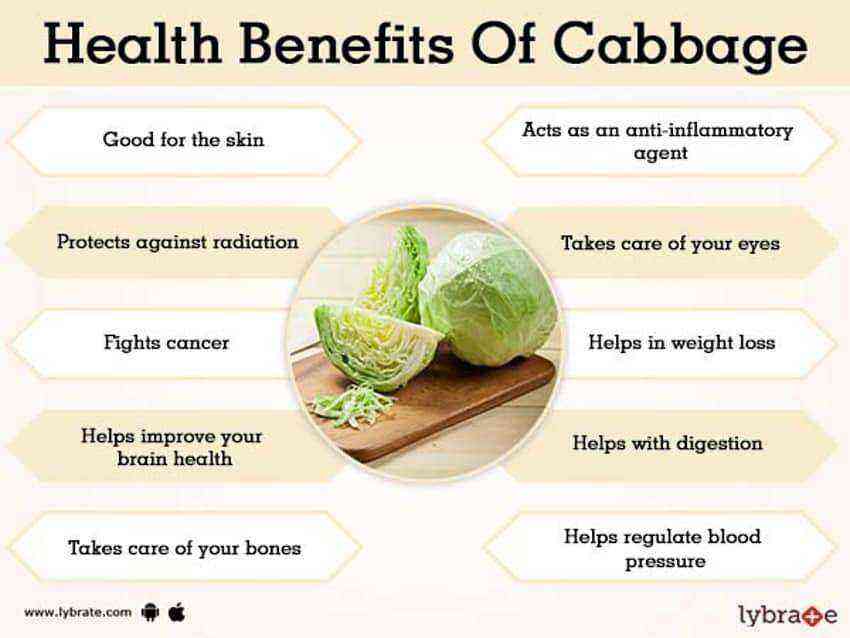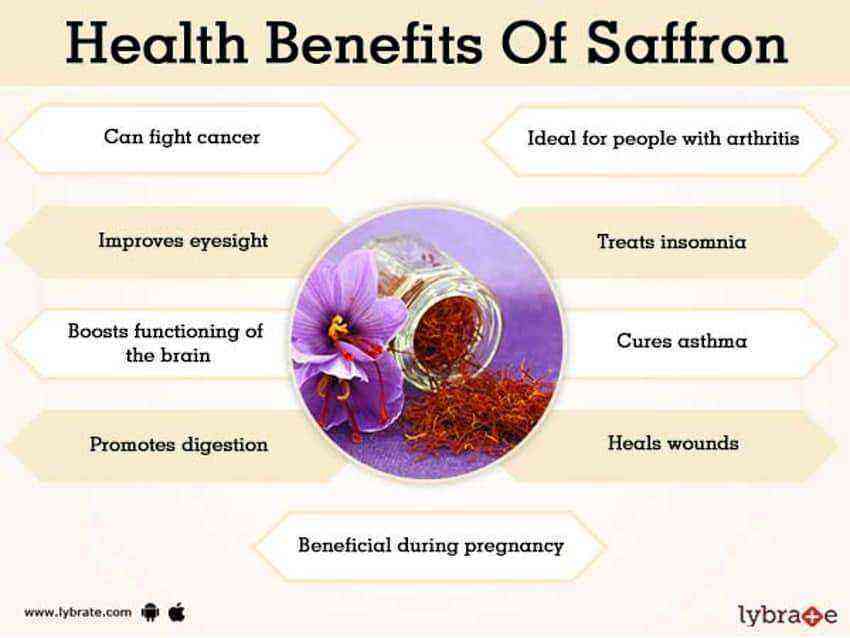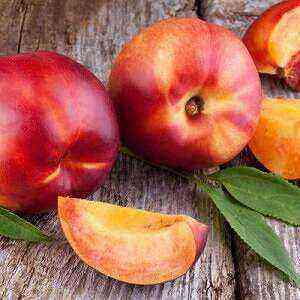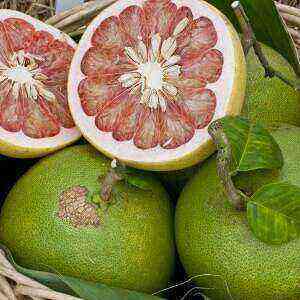All parts of the plant are used as medicinal raw materials. Leaves and young shoots are used to prepare decoctions and tinctures, ointments and extracts are made from berries.
White mistletoe contains many active substances such as viscotoxin, amino acids, bioflavonoids, lectin. The leaves contain gum, starch, tannins and proteins. Berries contain fatty acids, vitamin C, carotene, resinous substances.
White mistletoe has long been used for the prevention and control of malignant tumors. Research on the effects of mistletoe on cancer is still ongoing, but mistletoe has been shown to stimulate cancer cell death and has antimetastatic effects.
In addition, mistletoe has astringent, diuretic, analgesic and anti-inflammatory effects. Mistletoe preparations can lower blood pressure, dilate blood vessels, and increase lactation in lactating women. Also, mistletoe is widely used to treat neuralgia, asthma, tuberculosis, limb atrophy, hemorrhoids, and renal failure.
Fresh mistletoe juice is used for dysentery and poisoning. But for other purposes, decoctions and infusions are usually prepared. The most common mistletoe recipe is to pour a liter of boiling water over about 50 grams of dried shoots. Let it brew for at least an hour, and take 1-2 tablespoons several times a day before meals. You can also make regular tea from mistletoe.
